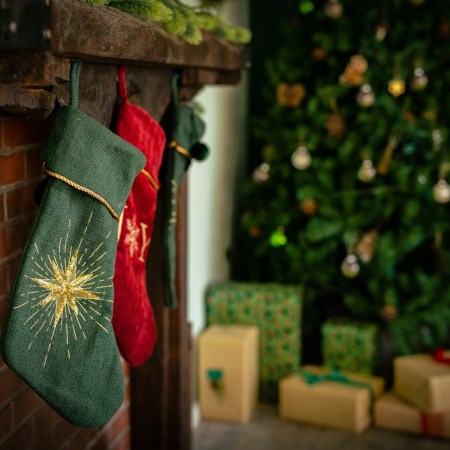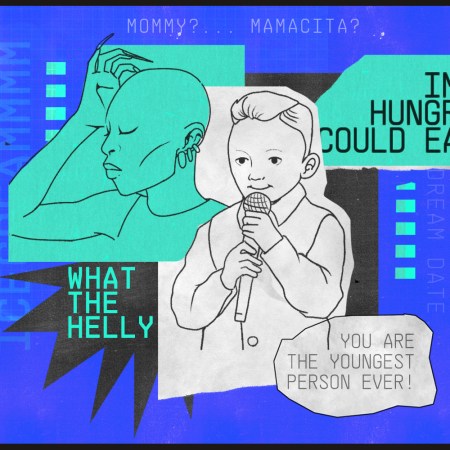When an automaker releases a new vehicle, you would think that one of the paramount goals would be to make it as easy as possible to refuel. A gas-powered car that can’t be filled up at 90% of the world’s gas stations isn’t going to get far, and the same is presumably true for EVs. That’s why a growing number of automakers have signed on with Tesla’s Supercharger network (and NACS chargers) and why the E.U. has sought to standardize that process.
It’s more than a little surprising, then, that Mercedes-Benz seems to be circumventing this conventional wisdom with one very high-profile new offering. In March, the automaker in question shared details on its upcoming CLA EV, including an “800-volt electric architecture for fast charging.” A high-performance, fast-charging EV sounds very appealing, but more details have emerged that complicate that picture — specifically, about where exactly the CLA can be charged.
This week, InsideEVs’ Iulian Dnistran reported that the aforementioned 800-volt system isn’t compatible with the majority of fast chargers in the United States. The CLA does use an NACS charger but won’t work at a Supercharger station. This sounds, to put it mildly, counterproductive. As the guy behind the Roaming Norway account on Twitter — the first to break this story — phrased it, “Would be insane to do NACS in the U.S. with no support for current Tesla Superchargers.”
Mercedes-Benz confirmed the lack of Supercharger compatibility to both InsideEVs and to Road & Track‘s Zac Palmer. A spokesperson for the automaker told the latter that while charging at 400-volt charging stations was not possible, “the Mercedes-Benz navigation with Electric Intelligence leads to the compatible high-performance chargers, where charging with up to 320 kW is possible with the new CLA.”
Mercedes and BMW Are Upgrading Their EV Battery Tech
Including some ambitious solid state testingAs Palmer observed, there’s something almost paradoxical about Mercedes-Benz releasing its first U.S. vehicle with an NACS port that won’t be able to use the vast majority of fast charging stations in the country. Maybe the automaker’s sense is that at-home charging will be sufficient for United States-based CLA owners. Palmer noted there are plenty of other EVs with 800-volt infrastructure that can be charged on 400-volt systems, and it isn’t hard to see this as a selling point for those vehicles over the new Mercedes CLA.
This article appeared in an InsideHook newsletter. Sign up for free to get more on travel, wellness, style, drinking, and culture.



















